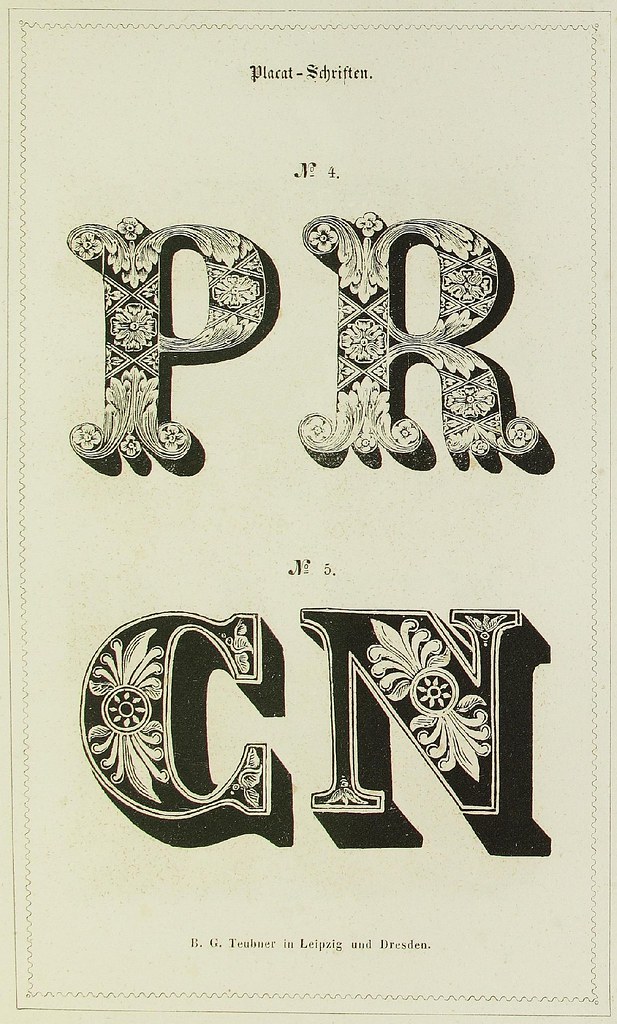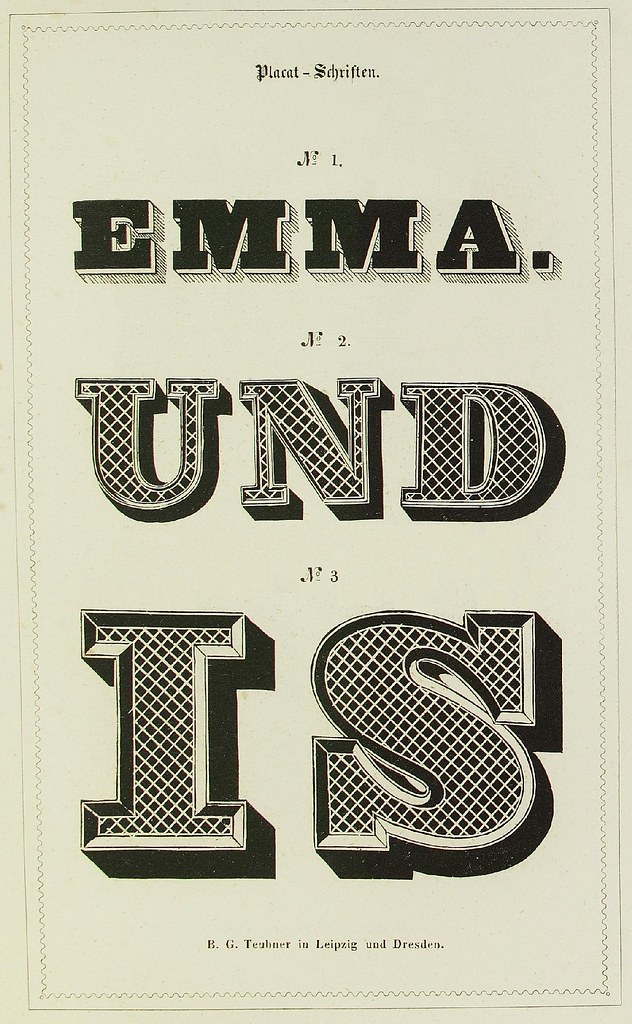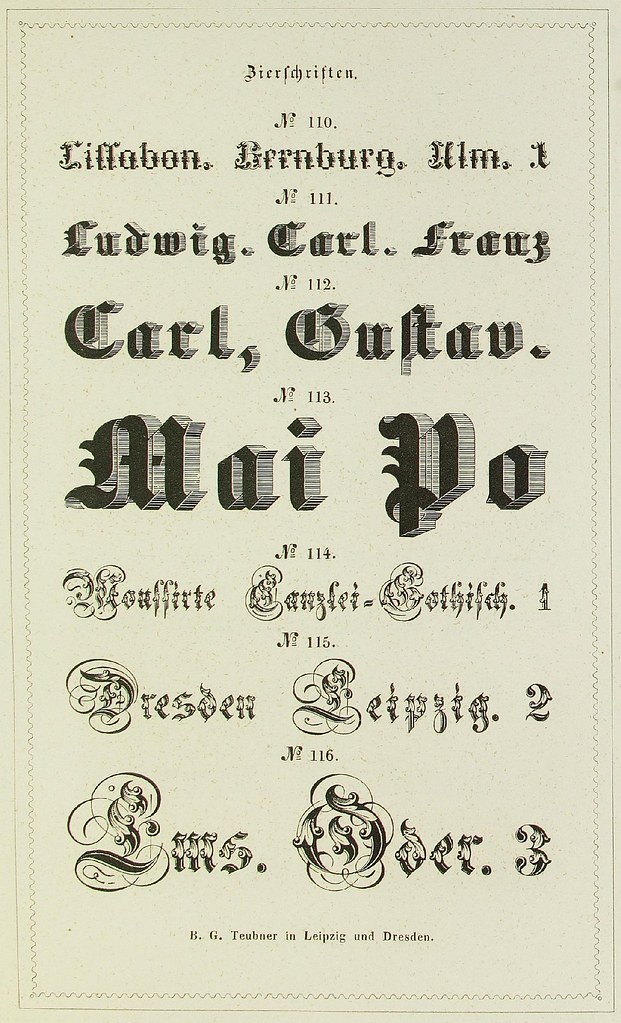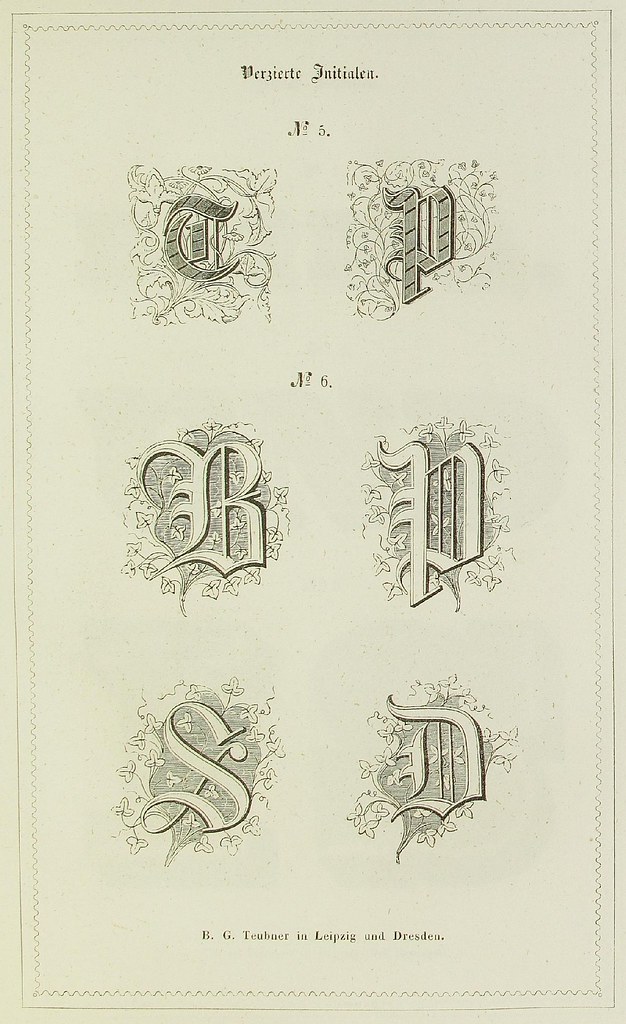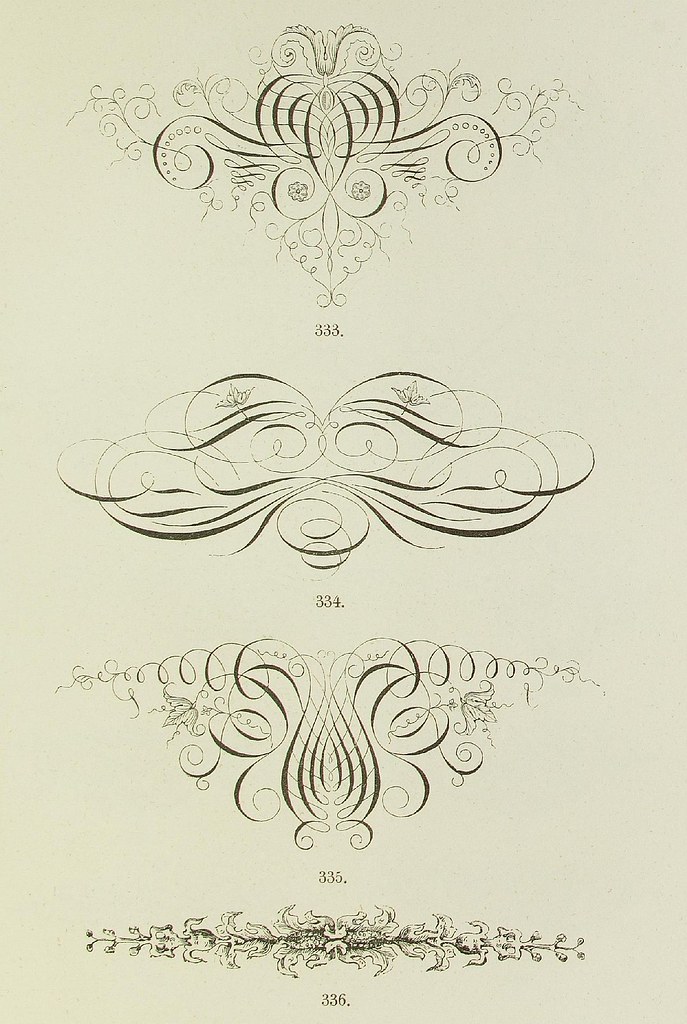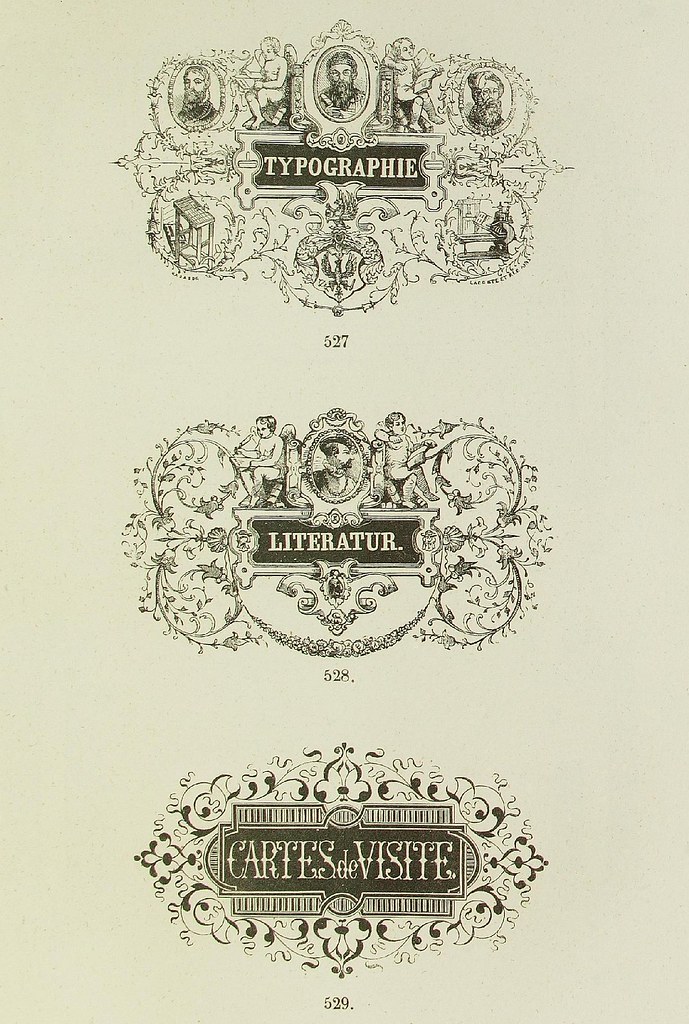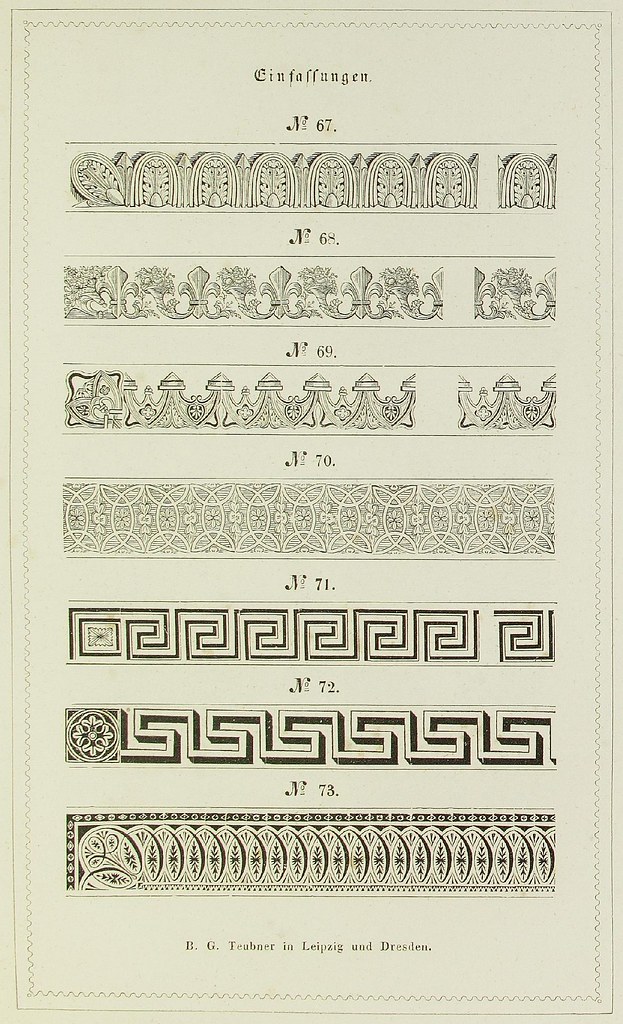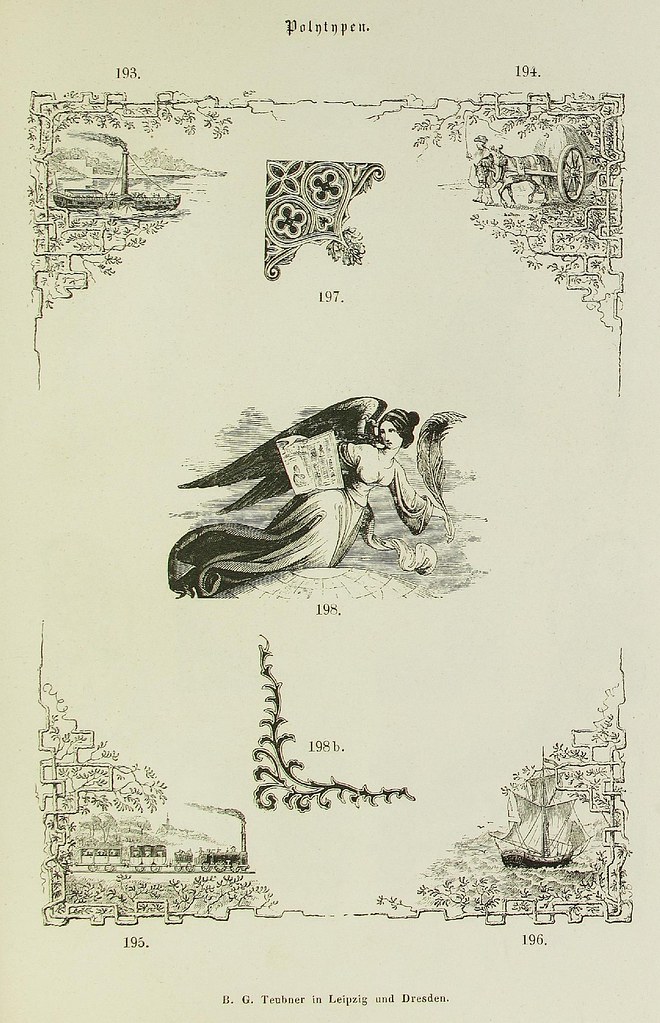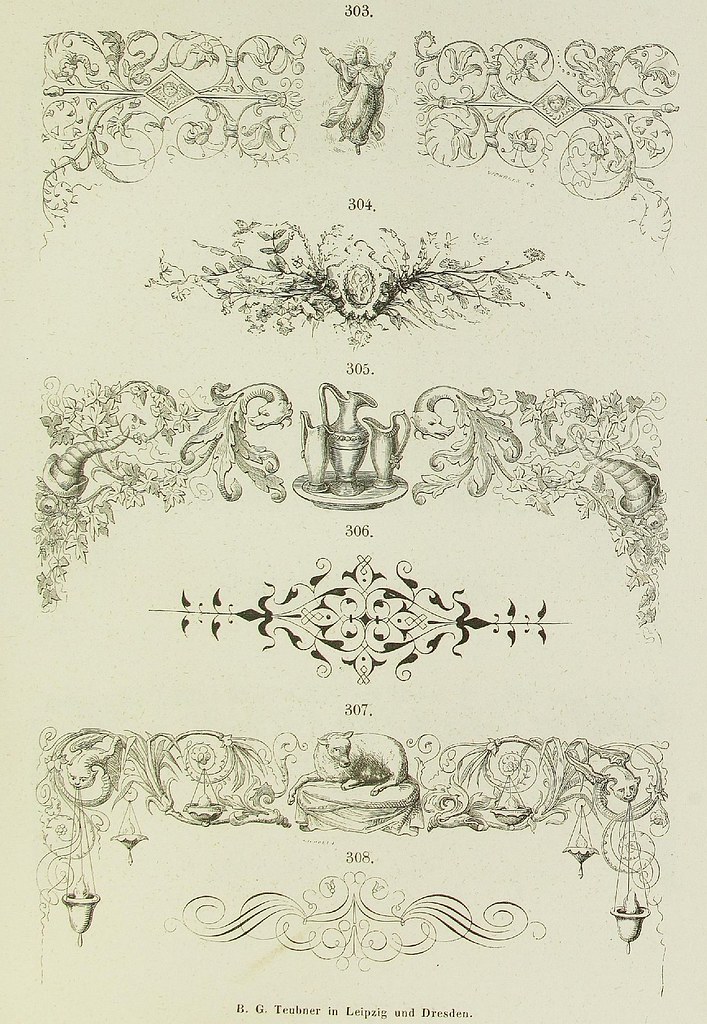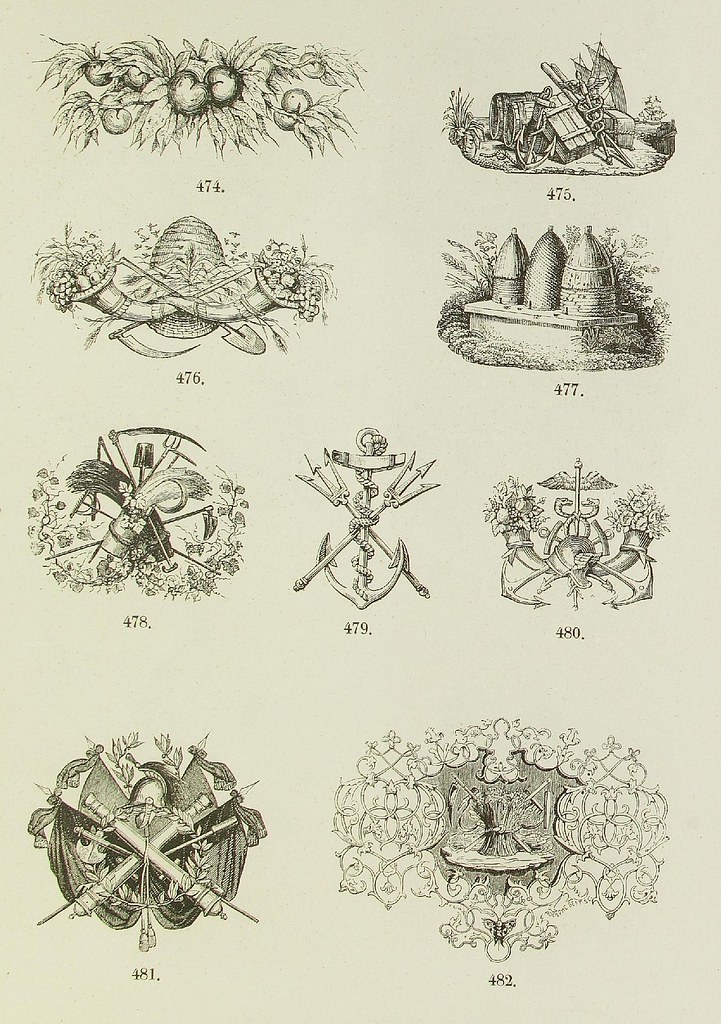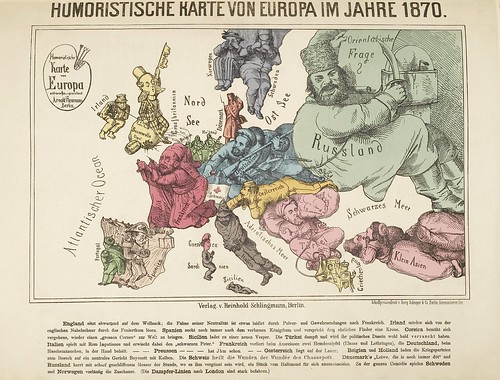

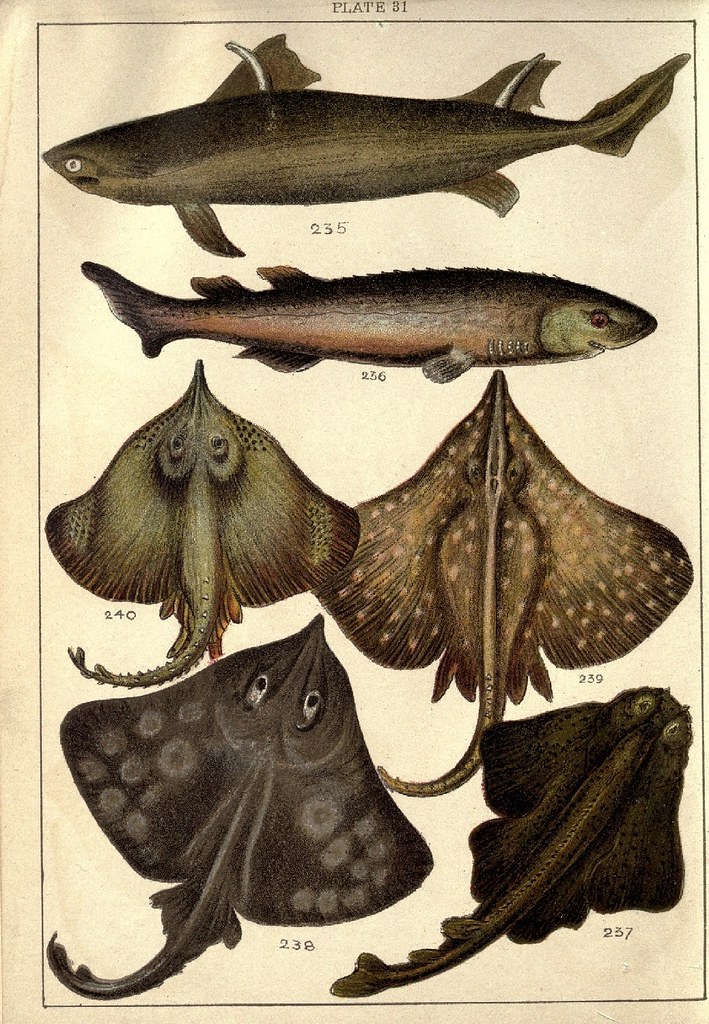
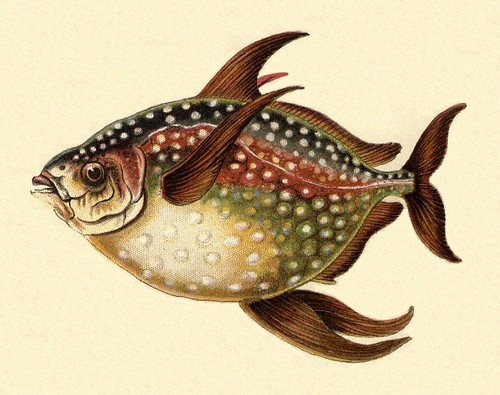

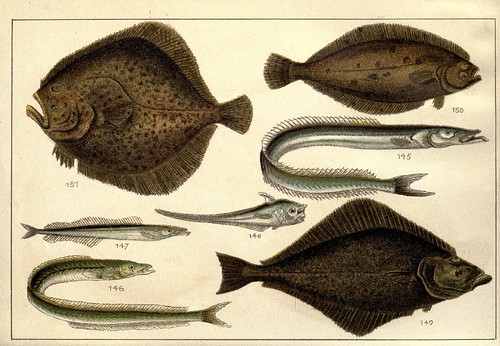
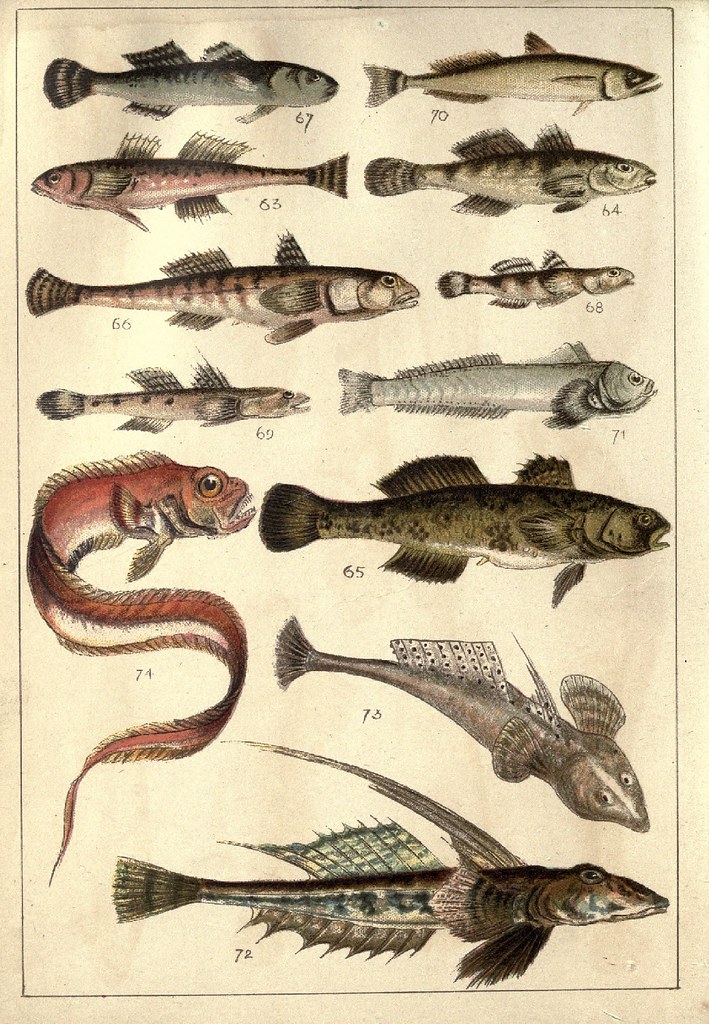
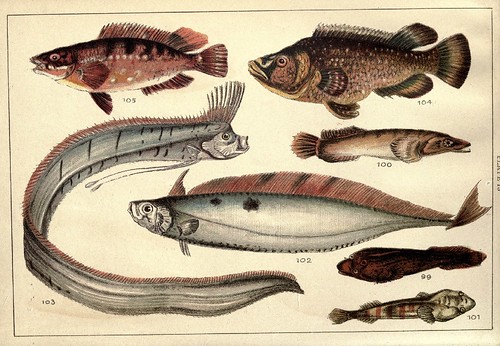
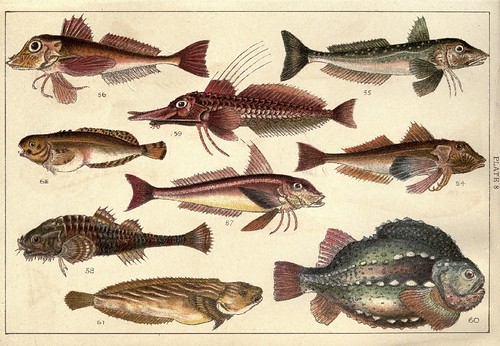
'Our Country's Fishes and How to Know Them : a Guide to all the Fishes of Great Britain / by W.J. Gordon with every species illustrated in colour, and many sketches in outline by A. Lambert' [1902] is hosted by the Biodiversity Heritage Library (on behalf of the Library of the University of California). The images were extracted from the pdf and have been background cleaned a little. This is one of a series of natural history books by Gordon following the "Our Country's.." theme. [A few more pics saved in the set]
Via Biodiversity Heritage Library blog.
Friday, June 25, 2010
Britfish
Sunday, June 20, 2010
The Printer's Handbook
been background cleaned; click through for enlarged versions]
In the first half of the 19th century, BG Teubner ran one of the most advanced printing houses in Germany. The Leipzig company was renowned for publishing the most comprehensive editions of classical literature in the original Latin and Greek.
In the production of their critical texts, a variety of Greek fonts were developed that became standards in printing for over a century. And although Teubner died in 1856, his name survived at the printing company through successive evolutions and ownership changes. In fact, a series of classical texts known as Bibliotheca Teubneriana is still published today.
The present work --- 'Schrift- und Polytypen-Proben' (1848) {Fonts and examples of different type} --- appears to be a fairly comprehensive model-book or copy-book aimed at printers. It contains a wide variety of fonts and typographic elements, decorative borders, printer's ornaments, page cornices, emblems, shields, trophies and pendants, as well as what look like Victorian clip-art motifs.
'Schrift- und Polytypen-Proben' is online at SLUB Dresden : click the little book icon to load the thumbnail pages.
Thursday, June 17, 2010
1870s Caricatures

~ The day and the night - The discussion light shines
(depicting Léon Gambetta and Jules Favre)
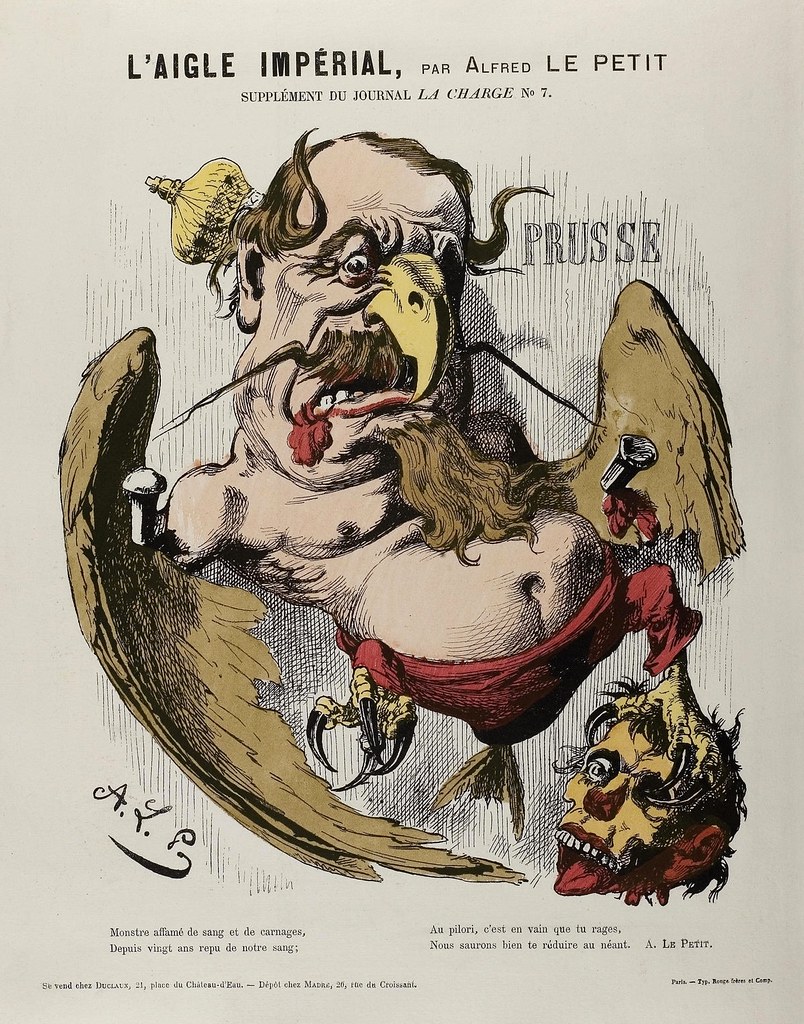
(The Imperial Eagle)
Monstre affamé de sang et de carnages,
Depuis vingt ans repu de notre sang;
Au pilori, c'est envain que tu rages,
Nous saurons bien te réduire au néant
Monster hungry for blood and carnage
For twenty years sated with our blood;
Pillory is vain that you crave,
We shall soon reduce you to nothing [web trans.]
Hand-coloured engraving of Napoleon III as half human and half eagle, with a decomposing human head in his talon; intended to show Napoleon as wicked and as lusting after blood as the Prussians. The eagle was a Napoleonic as well as Prussian symbol that illustrators intentionally conflated.
The caricaturist, Alfred Le Petit, published the illustration in his magazine, 'La Charge', which he founded in 1870.
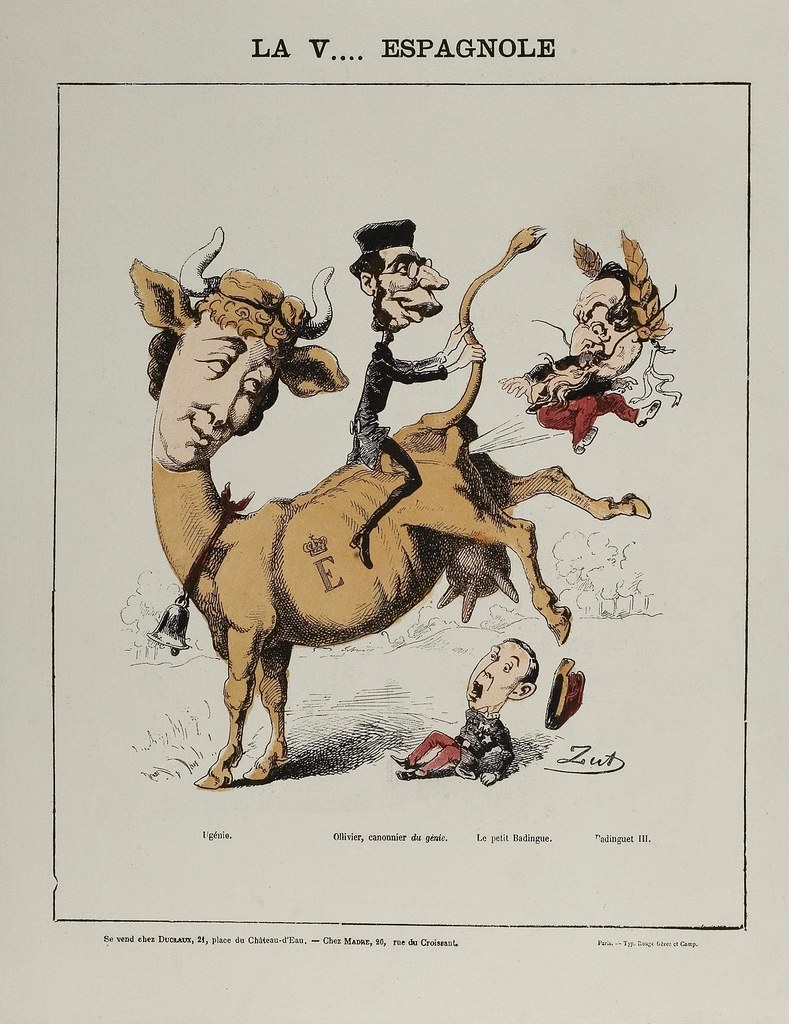
Empress Eugénie depicted as a cow, tossing her family in the air whilst being ridden by Émile Ollivier. Spanish noblewoman and wife of Napoleon III, Eugénie de Montijo, was "largely blamed for the fiasco of the French intervention in Mexico and the eventual death of Emperor Maximilian I of Mexico. Critics claimed that she had encouraged French involvement as a means of keeping herself busy and to get over her husband's affairs."
Hand-coloured engraving, again by Alfred Le Petit : some more of his caricatures can be viewed at the V&A.
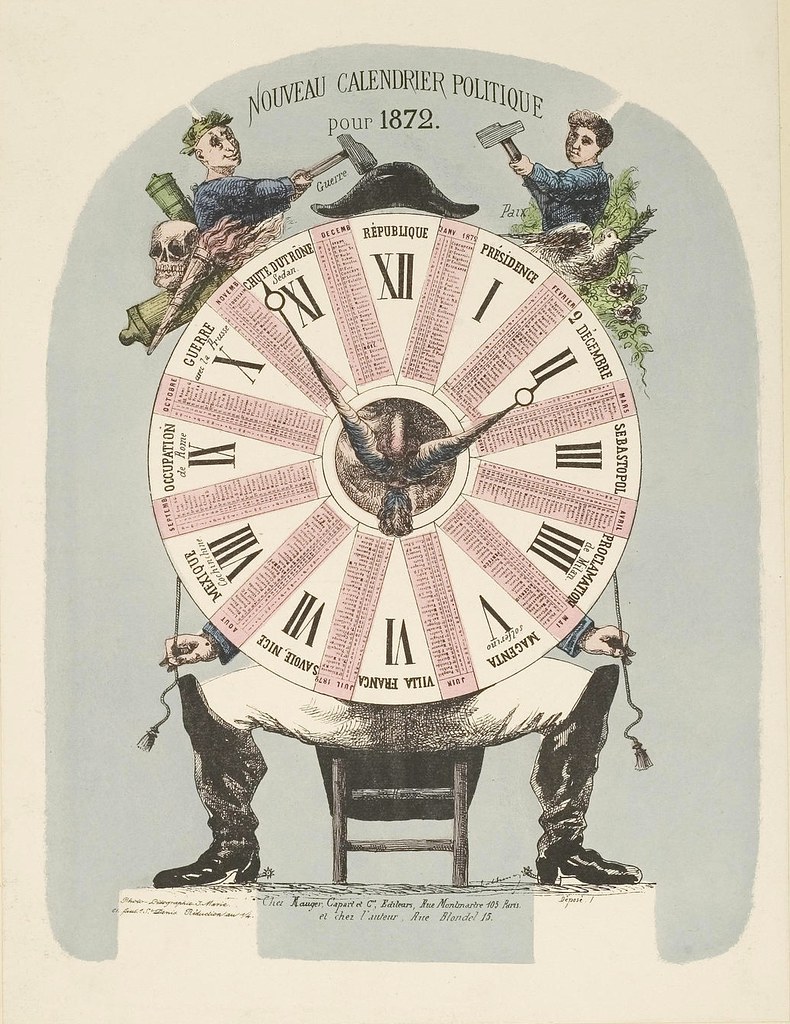
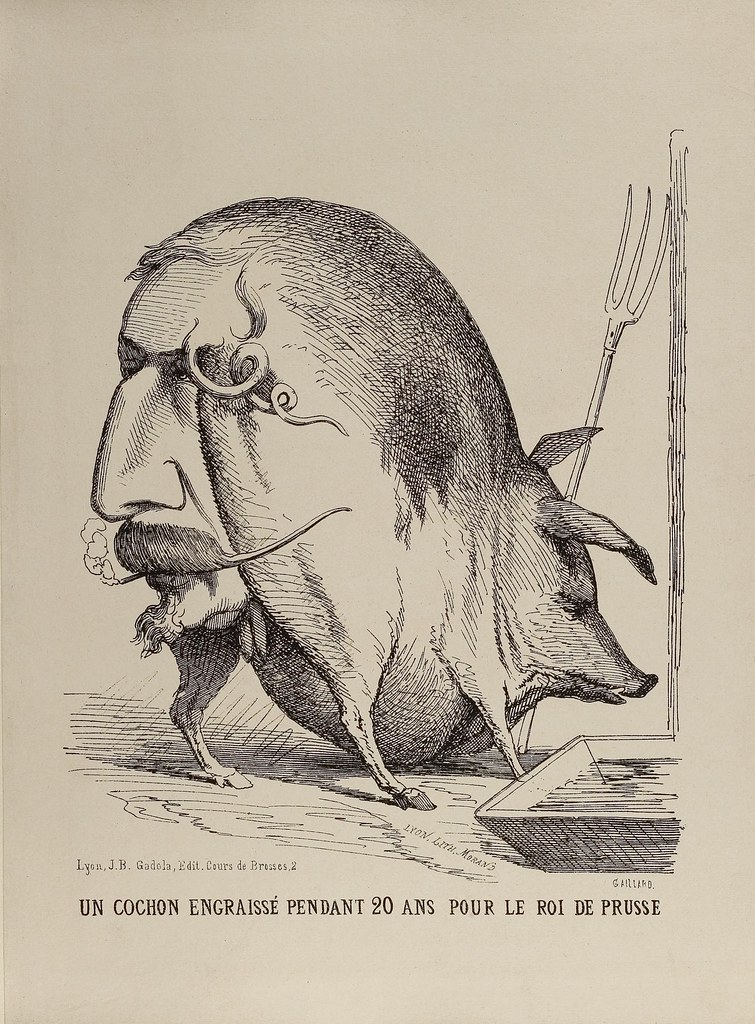
(A pig fattened for 20 years for the King of Prussia) - Depicts Napoleon III as a pig's derrière.
Caricature by G Gaillard, lithography by Morand.
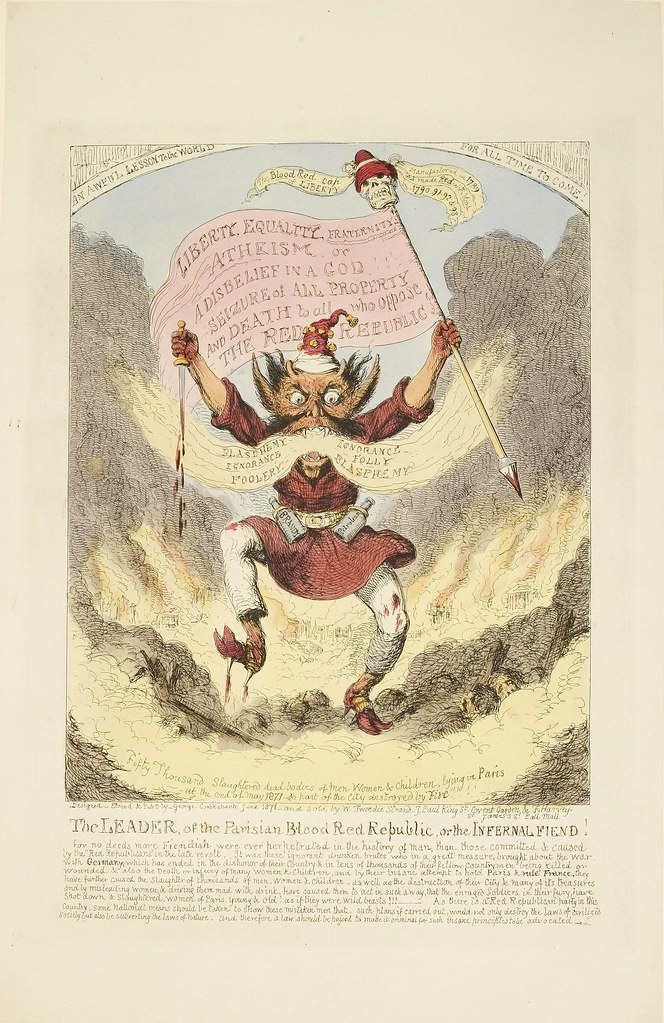
Designed, etched and published in London by George Cruikshank, June 1871.
The leader, of the Parisian blood red republic or, the infernal fiend! ..
for no deeds more Fiendish were ever perpetrated in the history of man, than those committed & caused by the "Red Republicans" in the late revolt. It was these ignorant drunken brutes who in a great measure, brought about the war with Germany, which has ended in the dishonor of their country & in tens of thousands of their fellow countrymen being killed or wounded & also the Death or injury of many women & children, as well as the destruction of their City & many of its treasures and by misleading women & driving them mad with drink, have caused them to act in such a way, that the enraged Soldiers in their fury, have shot down & slaughtered women of Paris, young and old as if they were wild beasts!!!
As there is a "Red Republican" party in this country, some national means should be taken to show these mistaken men that such plans if carried out, would not only destroy the Laws of Civilized Society but also be subverting the laws of nature. And therefore a law should be passed to make it criminal for such insane principles to be advocated.

*See comment by Grégoire below*
je bois tout .... je mange tout .... je fourre ma queue partout par par partout
(but now?) I drink and eat everything and get my tail caught everywhere
Hand-painted engraving by Louis Jaugey whose illustrative output was at one time banned for obscenity.
"Napoleon III struts resplendent as a peacock with a sash lettered 2 Décembre, 1852, the date on which he took the title Emperor, across his breast. To his right are several bags of gold, one labelled Budjet de La Guerre and another Impôts, a reference to the heavy taxes imposed to raise money for the quest for La Gloire abroad. The daisy on the diagrammatic cardboard horse to his left refers to his mistress Marguerite Bellanger" [source]
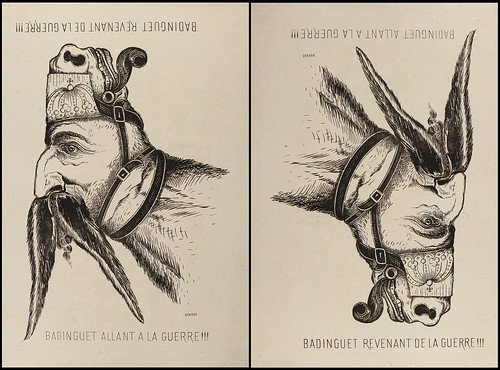
badinguet going to war
ƃuıuɹnʇǝɹ ʇǝnƃuıpɐq
Napoleon III was nicknamed Badinguet after the workman he is said to have impersonated when he escaped from the Fortress of Ham in 1846. He had been condemned to perpetual imprisonment there for his unsuccessful invasion of France at Boulogne six years earlier. Needless to say, the name Badinguet was intended to humiliate the Emperor-President.
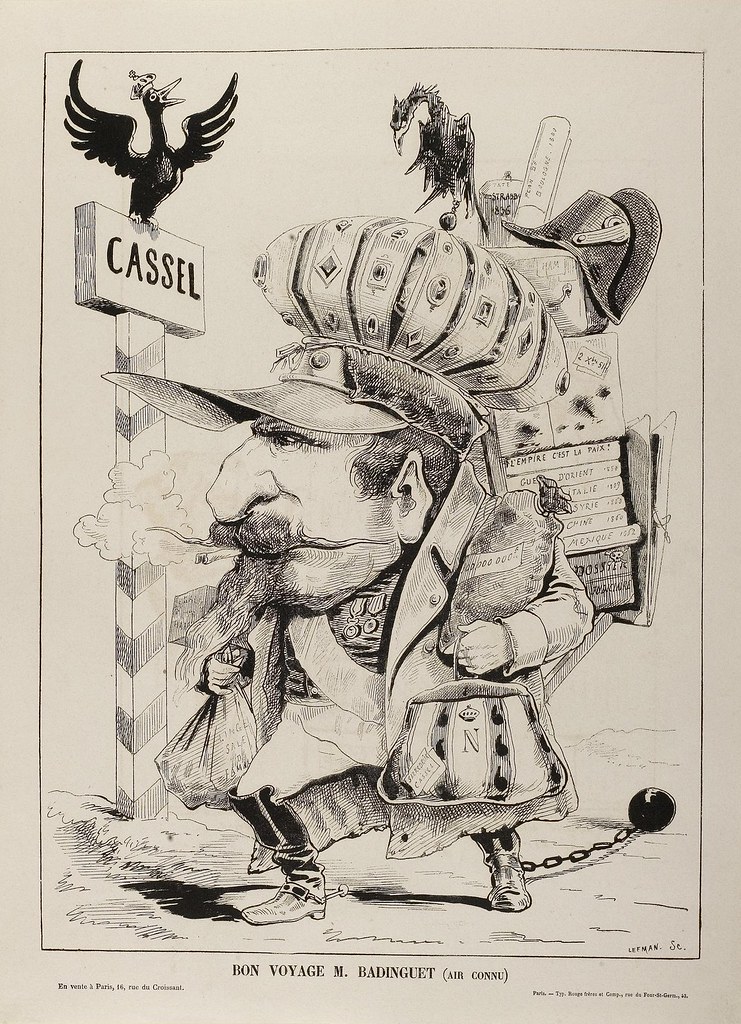
Bon Voyage Dr. Badinguet (a popular tune)
Design attributed to Pépin.
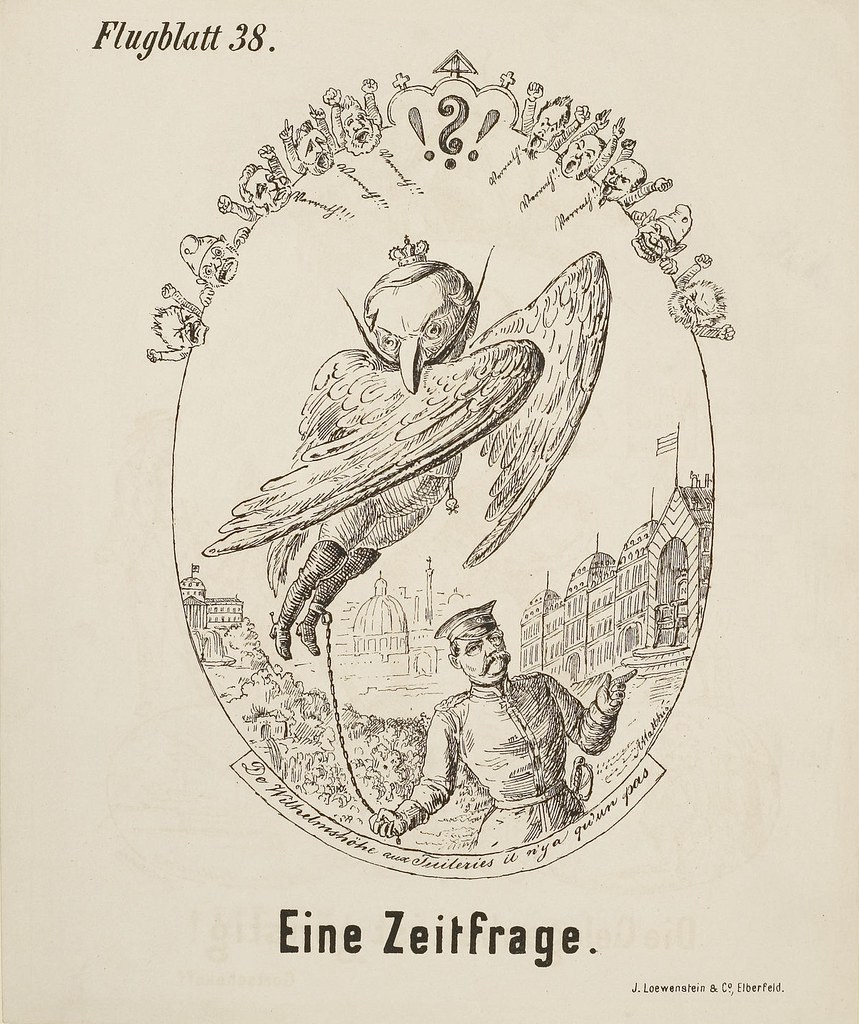
A question of time
(The Tuileries Palace is in the background)
{Mr Burns, is that you?}
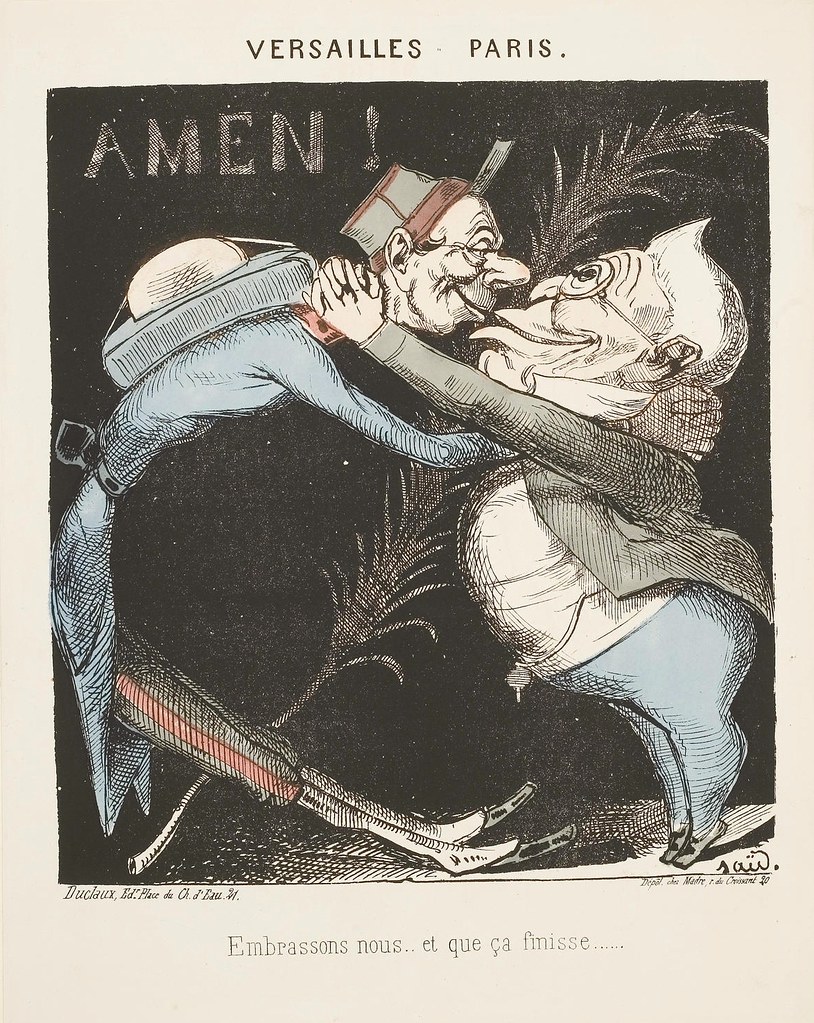
Embrassons nous .. et que ça finisse.....
Let's embrace .. and this will all be over.....
I'm not certain, but I think this depicts Adolphe Thiers (French leader responsible for suppressing the revolutionary Paris Commune) and the Prussian Chancellor, Otto von Bismarck. Thiers' patriotism had been called into question because he favoured negotiation rather than war with the Prussians.
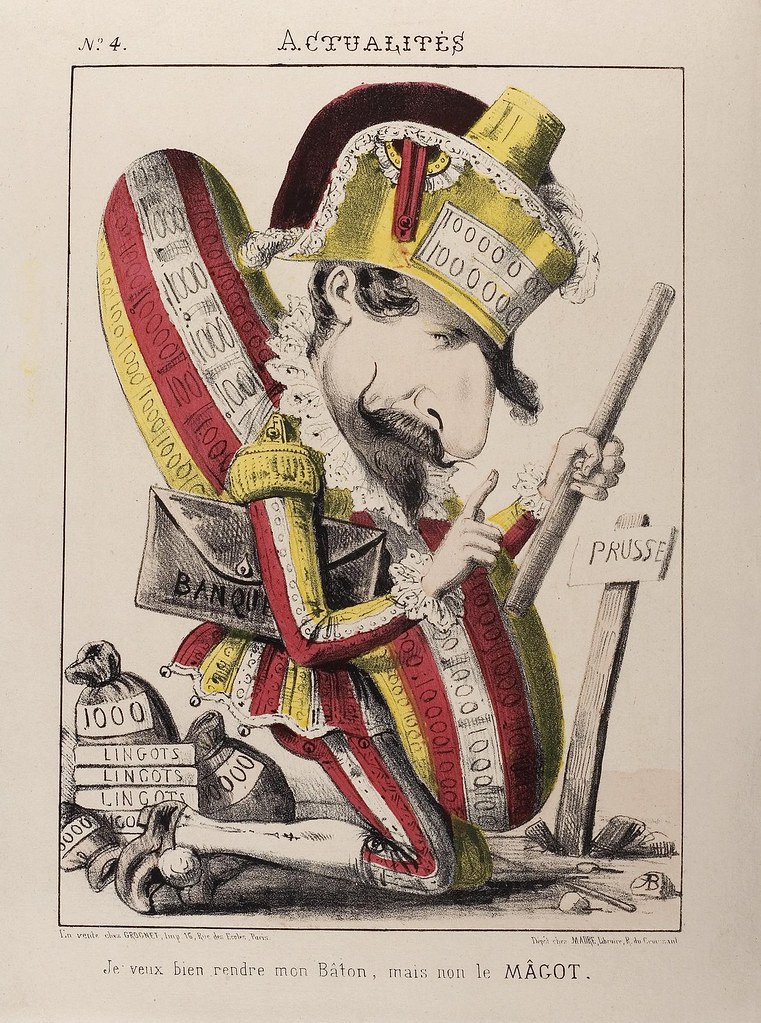
News: ?I would give up the stick, but not the loot
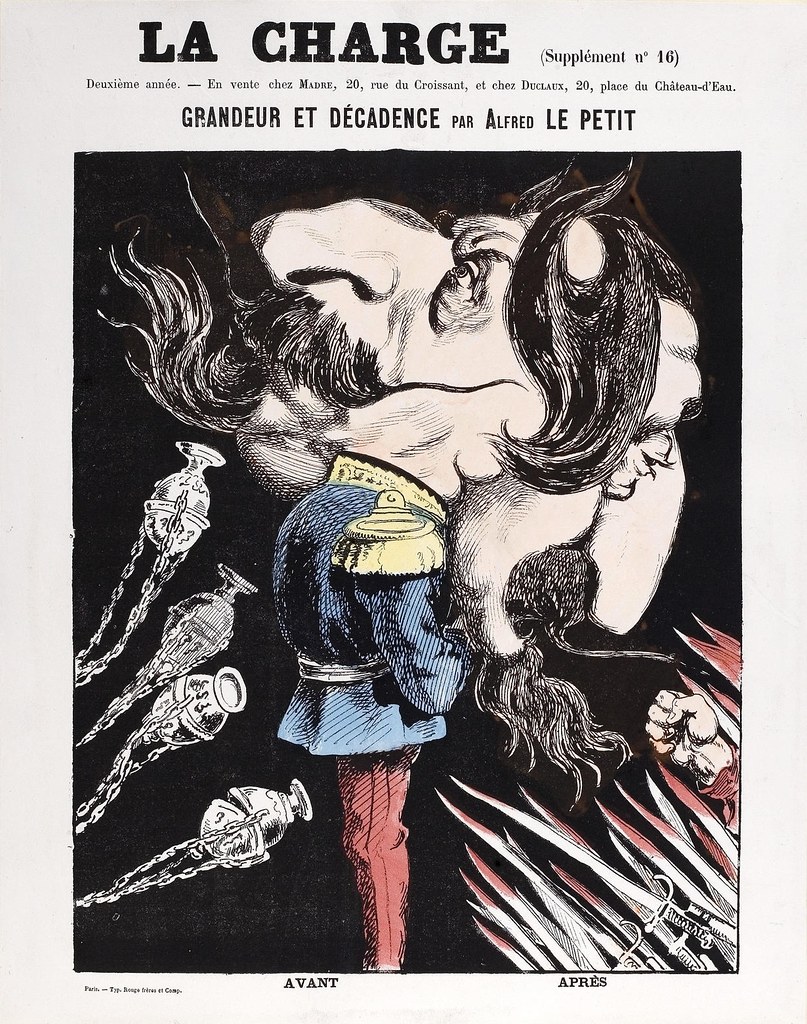
The rise and fall of Napoleon III (lithograph)
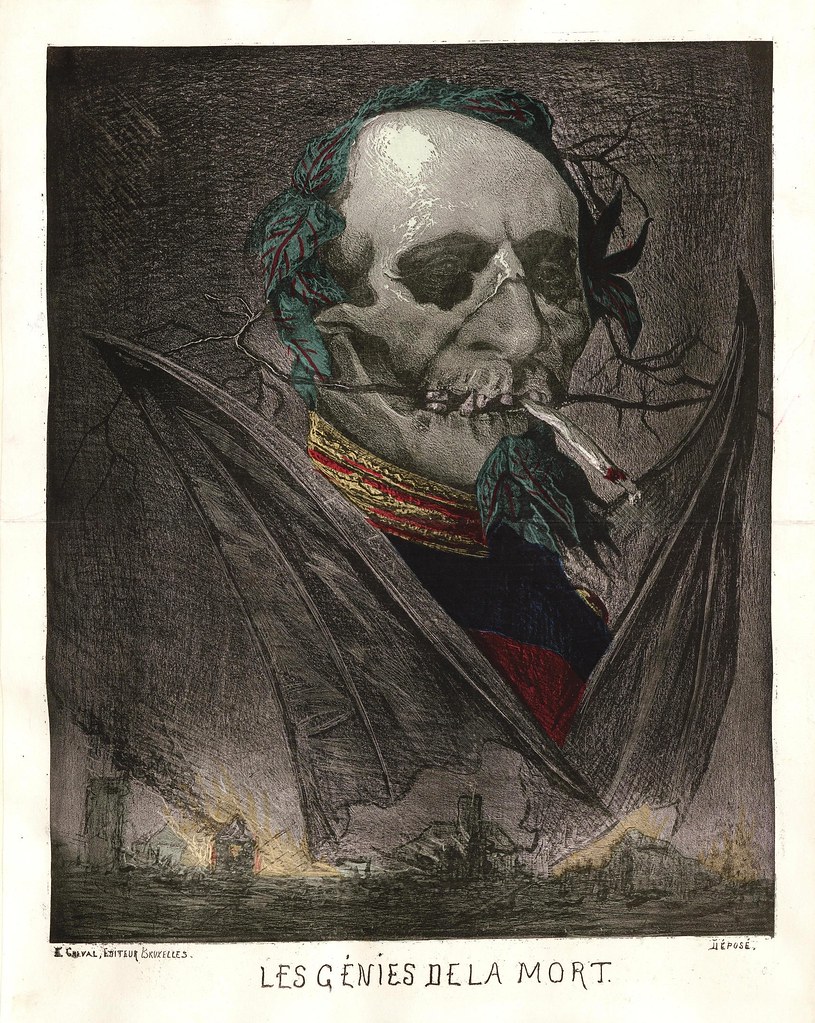
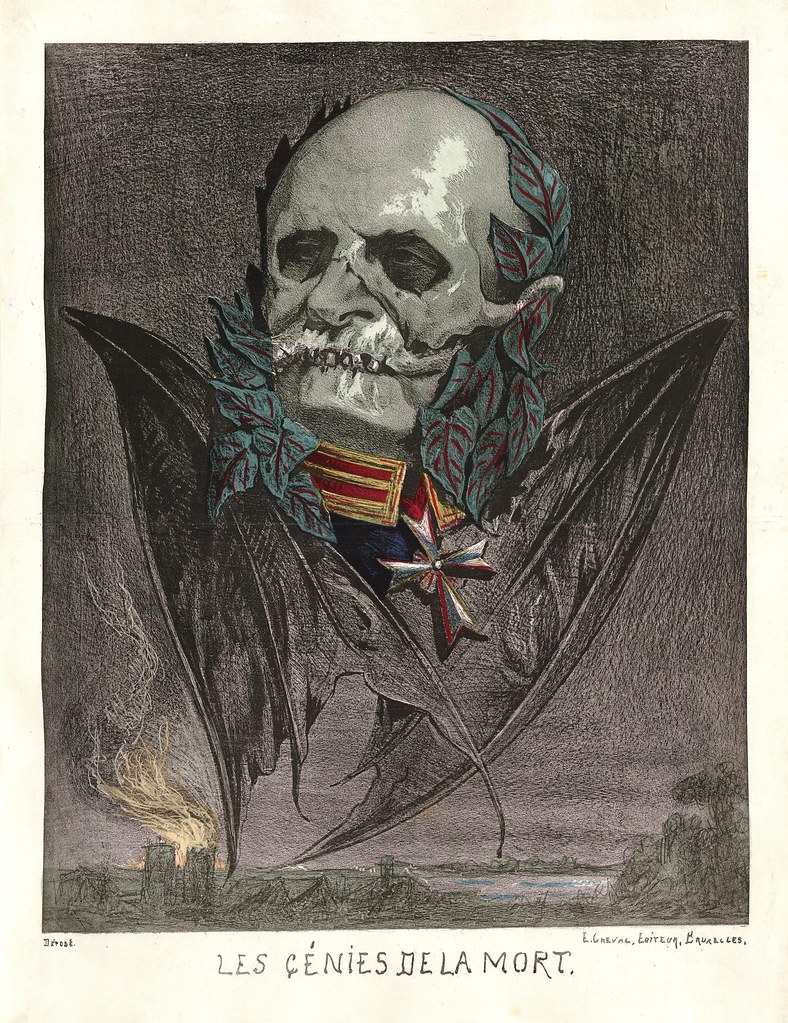
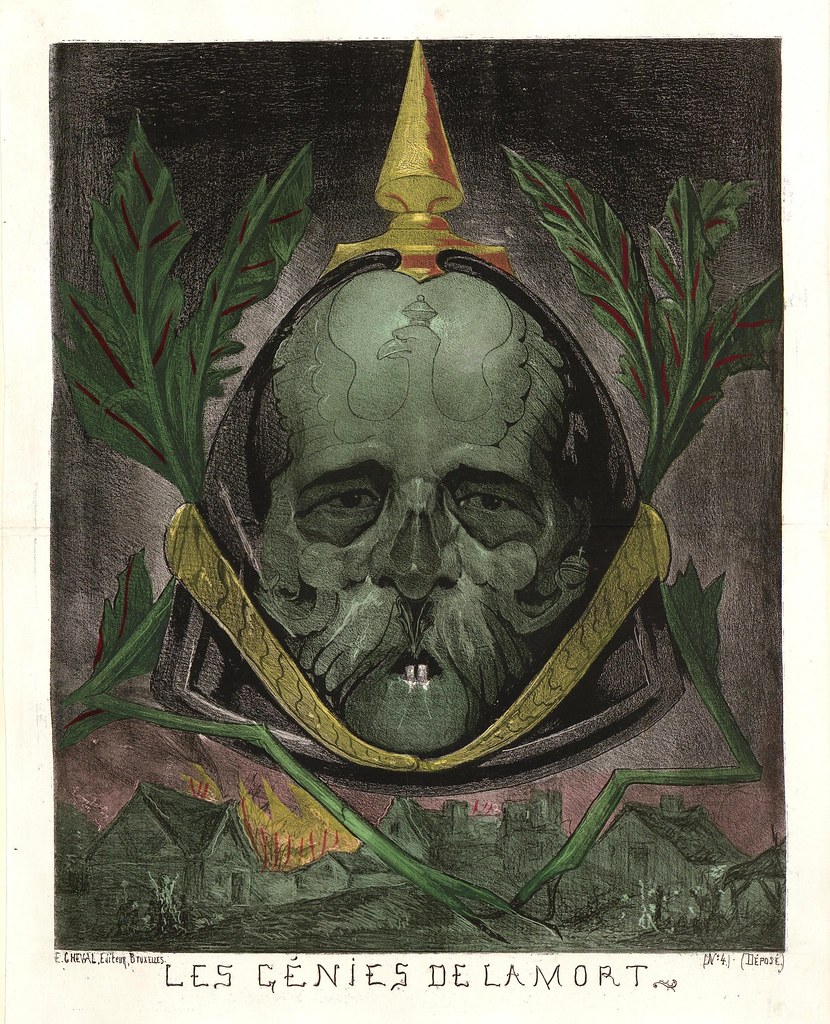
Geniuses of death - a sinister group of lithographs by Edmond Jean Baptiste Guillaume (Bismarck is seen in the third image). Guillaume's work was said to have been an influence on Odilon Redon.
(click through for enlarged versions: all images above have been modestly background cleaned. Some of the remarks and translations above may not always be strictly accurate -- all care taken -- so please pass on any corrections)
Among their art journals collection, the University of Heidelberg have a set of nine volumes of caricatures relating to the Franco-Prussian war and Paris Commune of 1870-1871.
The series is called: 'Collection de Caricatures et de Charges Pour Servir à l'Histoire de la Guerre et de la Révolution de 1870-1871' -- click through on any volume and then on any of the links below 'Inhalt', then 'vorschau' for thumbnail images. {Vol.9 is not safe for work} The image quality is very good considering they appear to be printing from secondary sources. The multi-volume series may have been a limited edition private portfolio: it doesn't seem to turn up as an official publication.
- An illustrated pdf article in the British Library Journal from 2005 by Morna Daniels - 'Caricatures from the Franco-Prussian War of 1870 and the Paris Commune' - provides some background to the political situation and an overview of the material in the series.
- The Victoria & Albert Museum have a collection of more than one hundred caricatures (many from the present collection).
- Previously: La Caricature.
Saturday, June 12, 2010
Carte Geografiche

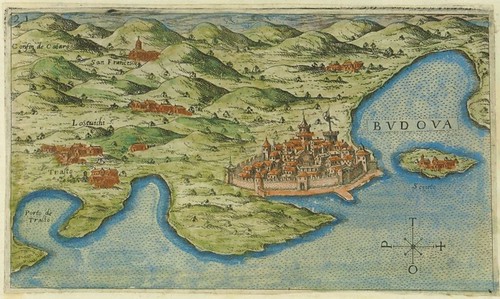
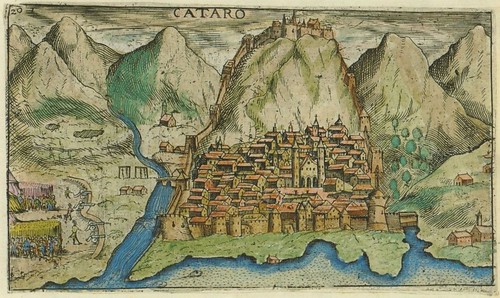
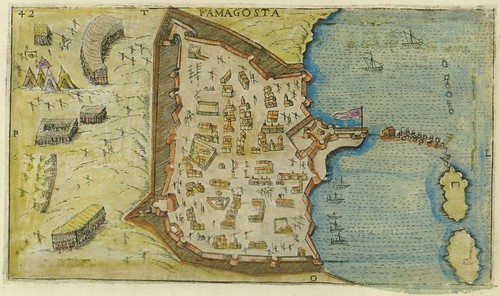
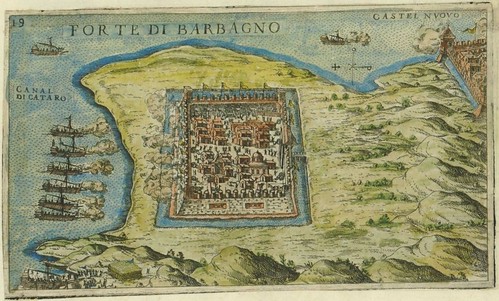

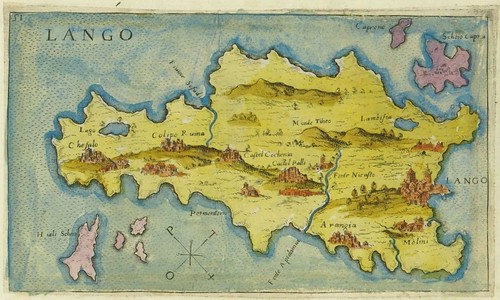

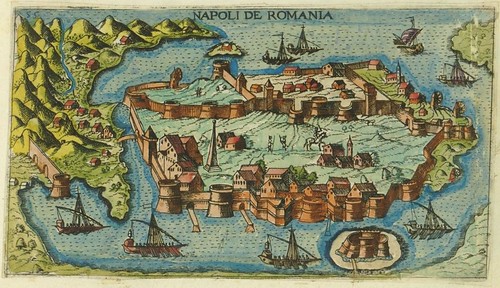

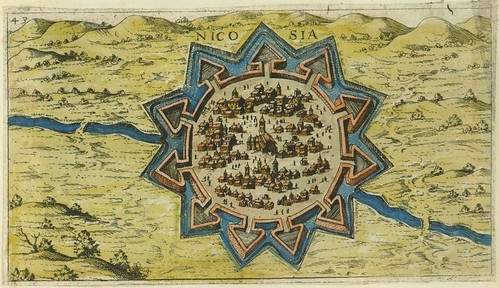
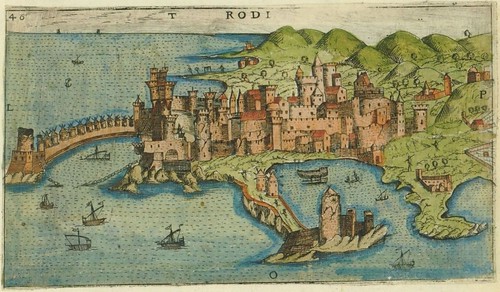
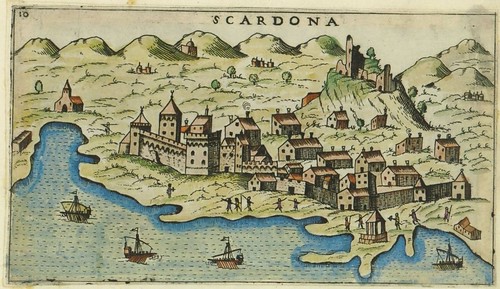
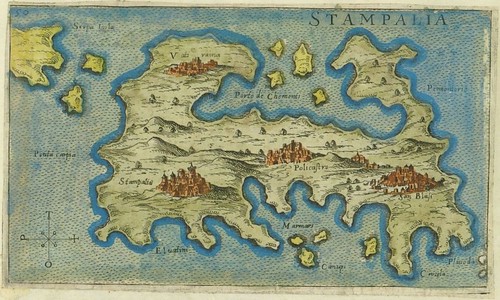
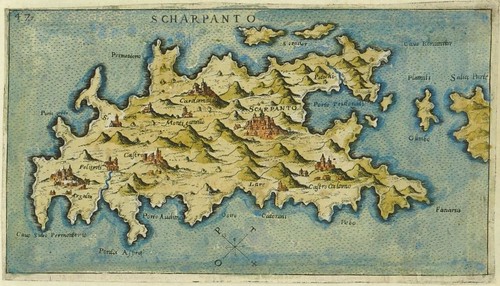



Giacomo (Jacomo) Franco (1550-1620) spent his whole life in Venice where he worked as a cartographic engraver and publisher in the family business. Although there is scant background material online, evidence for his mapmaking competence can be inferred from the noted cartographer Abraham Ortelius having relied on a Franco map as a reference source.
The array of hand-coloured engravings seen above are from a (presumably) draft collection of illustrations engraved by Franco in 1597 that would be formally published the following year. The book in which they would appear -- 'Viaggio da Venetia a Constantinopoli per Mare' (Voyage from Venice to Istanbul by Sea) -- was ostensibly a navigational guide that saw a number of editions. The accompanying text was supplied by the humanist cartographer Giuseppe Rosaccio and included economic, historical and travel-related details in addition to the navigational notes.
The Viaggio plates (64 in the informal 'Carte Geografiche' suite) depict all the major cities, islands and visible landmarks along the recommended sailing route through the Adriatic, Ionian, Mediterranean and Aegean Seas [map].
Croatia's National and University Library in Zagreb host the 'Carte Geografiche' -- click on the image to launch the painless flash interface or the inside margin list for small images of Croatian towns. All the images above are screencaps: the first and last depict Venice and Istanbul respectively, but the rest are probably out of order.
Previously: cartography
